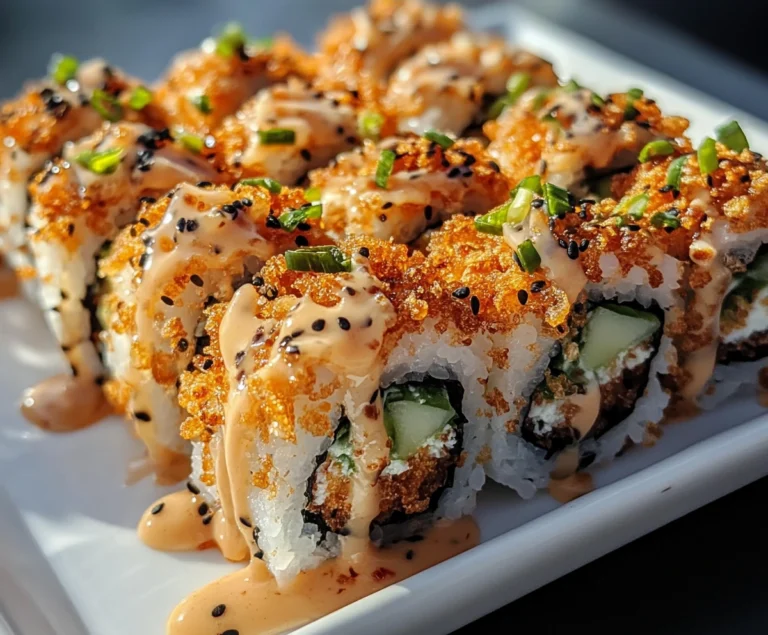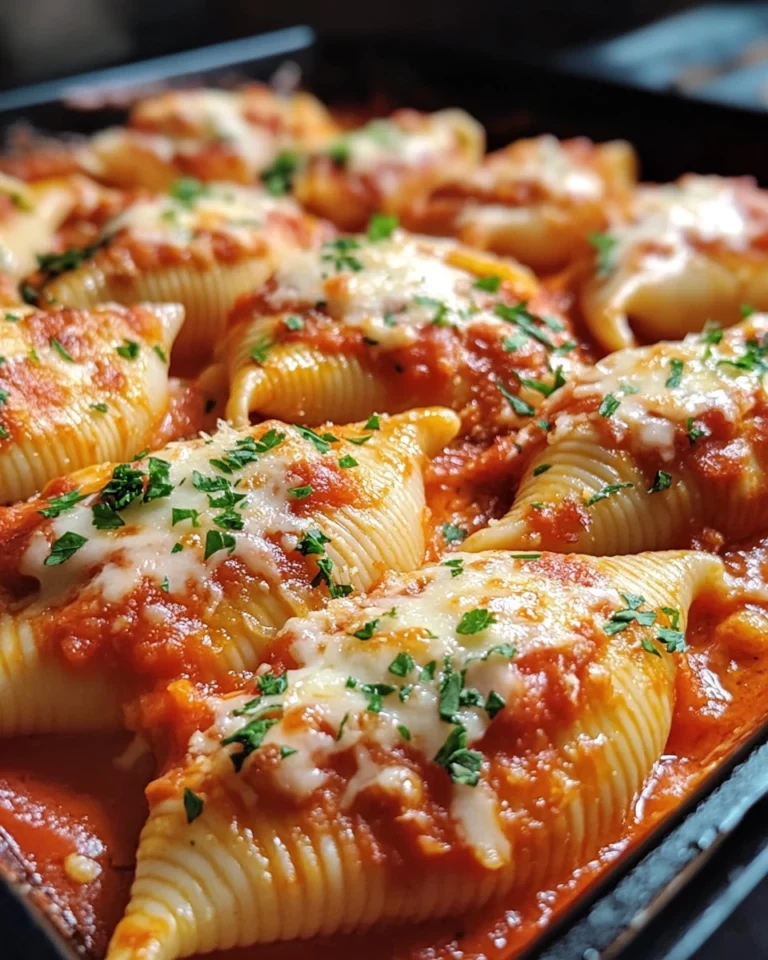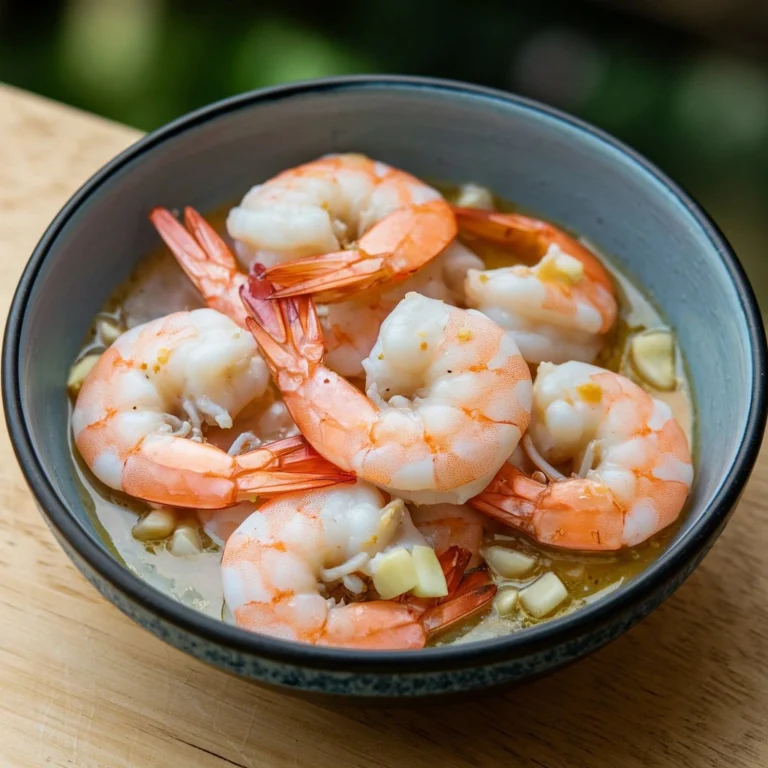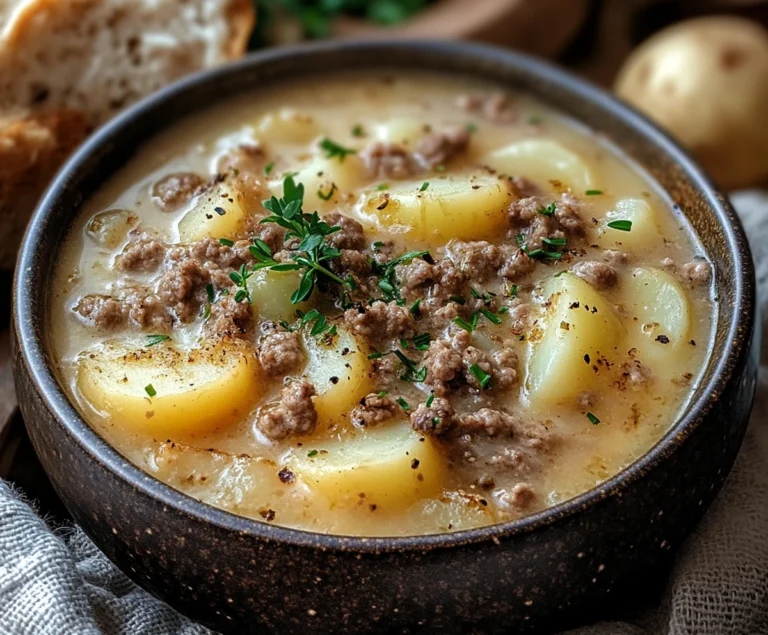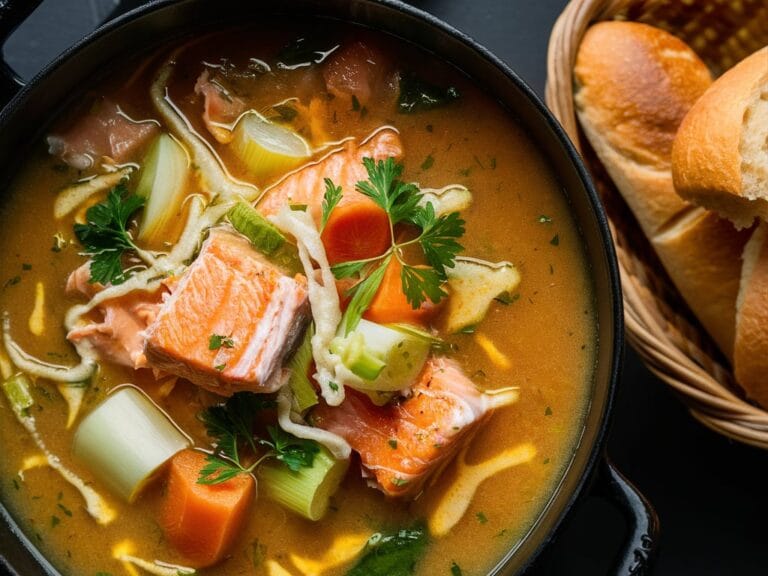What is the difference between a Boston roll and a Philadelphia roll?
Sushi is one of the most beloved cuisines in the world, known for its delicate flavors and artistic presentation. In recent years, it has gained immense popularity, especially in the United States. Sushi rolls such as the Boston roll and the Philadelphia roll have become common on menus, offering different takes on traditional Japanese sushi.
However, these rolls are far from traditional. Instead, they combine the artistry of sushi-making with Western ingredients and tastes. The Boston roll and Philadelphia roll are great examples of Americanized sushi. They represent how sushi has been adapted to suit local palates, and they appeal to both sushi enthusiasts and beginners alike.
In this comprehensive guide, we’ll dive deep into the Boston roll and Philadelphia roll. You’ll learn everything from their history and ingredients to how they differ in taste and texture. We’ll also explore the popularity of these rolls in American culture, regional variations, and how to make them at home.
The Journey of Sushi to the United States
Before we explore the specifics of the Boston roll and Philadelphia roll, it’s essential to understand how sushi came to the United States. Sushi made its way to America in the mid-20th century, primarily brought by Japanese immigrants. However, it took time before it became mainstream.
Sushi really started to gain popularity in the 1970s, especially in cities like Los Angeles and New York. The introduction of fusion rolls, such as the California roll, was a game-changer. Rolls like this featured familiar Western ingredients like avocado and imitation crab, making sushi more accessible to Americans.
As sushi became more popular, chefs began experimenting with new ingredients and flavors. This is how fusion rolls like the Boston roll and Philadelphia roll were born. These rolls represent the perfect blend of East meets West. For those who are curious about the different types of sushi rolls, you can explore the ultimate guide to making Boston roll sushi at home.
What is a Boston Roll?
The Boston roll is a delicious sushi roll known for its fresh and light taste. It’s a perfect roll for those who may be hesitant to try raw fish since the Boston roll typically uses cooked ingredients.
Core Ingredients of a Boston Roll
- Cooked shrimp or crab: The Boston roll usually features cooked shrimp, although some variations use crab. The fact that the seafood is cooked makes this roll more approachable for people who don’t like raw fish.
- Avocado: This adds a creamy texture that complements the seafood.
- Cucumber: The cucumber adds a refreshing crunch to the roll.
- Sushi rice: The sushi rice is seasoned with vinegar, sugar, and salt, giving it a slightly tangy flavor.
- Nori (seaweed): The sushi rice and ingredients are wrapped in nori, which is a type of seaweed.
Some versions of the Boston roll are topped with eel sauce, which provides a sweet and savory glaze.
Nutritional Information of a Boston Roll
The Boston roll is considered one of the healthier sushi options due to its use of fresh vegetables and cooked seafood. Compared to rolls with fried ingredients or cream cheese, the Boston roll is relatively low in calories. It’s also packed with protein from the shrimp or crab and healthy fats from the avocado.
Here is a general nutritional breakdown for a Boston roll:
- Calories: 280-350 per roll, depending on portion size.
- Protein: 12-15 grams.
- Fat: 5-10 grams.
- Carbohydrates: 45-60 grams.
- Fiber: 3-4 grams.
Taste Profile of Boston Roll
The Boston roll offers a light, refreshing taste. The sweetness of the cooked shrimp contrasts nicely with the creamy avocado and crunchy cucumber. The tangy sushi rice adds a mild flavor that brings the ingredients together harmoniously.
How to Customize Your Boston Roll
The Boston roll is highly customizable. You can swap out shrimp for other types of cooked seafood like salmon or crab. Some versions include tobiko (fish roe), which adds a pop of texture. Adding sauces like spicy mayo or eel sauce can give the roll an extra kick of flavor.
For those interested in creating their own variations, check out this guide to making Boston rolls at home.
What is a Philadelphia Roll?
The Philadelphia roll is a richer, more indulgent sushi roll that incorporates ingredients like smoked salmon and cream cheese. These ingredients, while uncommon in traditional sushi, have become popular in Americanized versions.
Core Ingredients of a Philadelphia Roll
- Smoked salmon: The Philadelphia roll is known for its smoky, savory flavor. Smoked salmon is the main protein, providing a bold, rich taste.
- Cream cheese: This is what makes the Philadelphia roll unique. The cream cheese adds a smooth, creamy texture to the roll.
- Avocado: Like the Boston roll, avocado is used to provide a creamy texture.
- Cucumber: Adds a fresh crunch that contrasts with the rich ingredients.
- Sushi rice: The rice binds the ingredients together, seasoned with vinegar for a subtle tang.
- Nori (seaweed): The roll is wrapped in nori, giving it an added layer of umami flavor.
Nutritional Information of a Philadelphia Roll
The Philadelphia roll is higher in calories and fat than the Boston roll, mainly due to the cream cheese and smoked salmon. However, it still provides nutritional benefits from the healthy fats in the salmon and avocado.
Here’s a typical nutritional breakdown:
- Calories: 320-400 per roll, depending on ingredients and portion size.
- Protein: 10-15 grams.
- Fat: 15-20 grams.
- Carbohydrates: 40-55 grams.
- Fiber: 3-4 grams.
While the Philadelphia roll is more calorie-dense, it’s also high in omega-3 fatty acids from the salmon, which offer health benefits.
Taste Profile of Philadelphia Roll
The Philadelphia roll is defined by its rich, creamy texture and bold flavors. The smoked salmon provides a smoky, savory taste, while the cream cheese adds a luxurious smoothness. The cucumber adds a crunch that balances out the creamy and smoky elements, making each bite both indulgent and refreshing.
How to Customize Your Philadelphia Roll
The Philadelphia roll is also highly customizable. Some chefs swap out the smoked salmon for smoked trout or smoked eel, providing a slightly different but equally smoky flavor. Adding spicy mayo or tempura flakes can add a crunch or heat to the roll.
Key Differences Between Boston Roll and Philadelphia Roll
While both the Boston roll and Philadelphia roll are fusion rolls that combine Western ingredients with traditional sushi-making techniques, they are quite different from each other.
Ingredient Comparison
- Protein: The Boston roll typically uses cooked seafood like shrimp or crab, while the Philadelphia roll uses smoked salmon.
- Cream Cheese: The defining ingredient of the Philadelphia roll is cream cheese, which gives the roll a rich, creamy texture. The Boston roll does not include cream cheese, making it lighter in flavor.
- Vegetables: Both rolls feature avocado and cucumber, but the Philadelphia roll is much richer due to the combination of cream cheese and smoked salmon.
- Flavor Profile: The Boston roll is fresh and light, with a focus on the sweet flavors of cooked seafood. In contrast, the Philadelphia roll is rich and indulgent, offering a combination of smoky and creamy flavors.
Texture and Taste
The Boston roll is lighter, with a cleaner, fresher taste. The cucumber adds a crisp texture, while the avocado and shrimp create a delicate mouthfeel. Each bite is mild, making it a great option for those who prefer subtle flavors.
The Philadelphia roll, on the other hand, is much more indulgent. The cream cheese gives it a soft, rich texture, while the smoked salmon adds a savory, smoky flavor. The crunch from the cucumber balances the creamy and smoky elements, offering a decadent yet balanced bite.
Popularity and Cultural Significance of Boston and Philadelphia Rolls
Both the Boston roll and Philadelphia roll are prime examples of how sushi has been adapted to Western tastes. Sushi chefs in the U.S. have taken the artistry and tradition of Japanese sushi and incorporated ingredients that appeal to American palates.
Why Are These Rolls So Popular?
The Boston roll is popular because it offers a light, fresh flavor that’s approachable for sushi beginners. Many people who are hesitant to try raw fish start with cooked options like the Boston roll. It’s a versatile roll that appeals to both traditional sushi lovers and those looking for something mild.
The Philadelphia roll appeals to those who enjoy richer, creamier flavors. The combination of smoked salmon and cream cheese is familiar to Western diners, making the roll feel more accessible. Its indulgent flavor makes it a favorite for those looking for a sushi roll that feels more substantial.
For more sushi options, try exploring other variations like the crunchy roll, which offers an exciting mix of textures and flavors.
Variations and Customizations of Boston and Philadelphia Rolls
One of the great things about both the Boston roll and Philadelphia roll is their versatility. Chefs have created numerous variations of these rolls to suit different tastes and preferences.
Boston Roll Variations
- Different Seafood: While the traditional Boston roll uses cooked shrimp, some variations swap in salmon or crab for a different flavor. Each type of seafood brings its own unique taste and texture to the roll.
- Add-ons: Adding tobiko (fish roe) can provide an extra pop of texture. Some chefs also drizzle spicy mayo or eel sauce on top for added flavor.
- Vegetable Options: For those who prefer more vegetables, additional ingredients like lettuce, carrots, or asparagus can be added.
Philadelphia Roll Variations
- Different Smoked Fish: While smoked salmon is the traditional choice, some versions of the Philadelphia roll use smoked trout or smoked eel. These alternatives still offer a smoky flavor but with a slightly different taste profile.
- Tempura Topping: For a bit of crunch, some chefs add tempura flakes to the Philadelphia roll. This gives the roll an extra layer of texture that contrasts with the creamy ingredients.
- Spicy Versions: To add some heat to the roll, spicy mayo or sriracha can be drizzled on top.
For more ideas on creating your own sushi rolls, check out the guide to making sushi at home.
How to Make Boston and Philadelphia Rolls at Home
Making sushi at home can seem daunting, but with the right ingredients and tools, it’s a fun and rewarding experience. Below are step-by-step instructions for making both the Boston roll and Philadelphia roll.
Ingredients You’ll Need
- Sushi-grade fish (cooked shrimp for the Boston roll, smoked salmon for the Philadelphia roll)
- Avocado
- Cucumber
- Cream cheese (for the Philadelphia roll)
- Sushi rice
- Nori (seaweed sheets)
- Soy sauce, eel sauce, or spicy mayo (optional)
- Bamboo sushi rolling mat
- Plastic wrap
Instructions for Making a Boston Roll
- Prepare the rice: Rinse the sushi rice until the water runs clear, then cook it according to the package instructions. Once cooked, season the rice with rice vinegar, sugar, and salt. Allow it to cool.
- Slice the ingredients: Cut the avocado and cucumber into thin strips. Prepare the cooked shrimp or crab.
- Assemble the roll: Place a sheet of nori on the bamboo mat. Wet your hands and spread the sushi rice over the nori. Leave about an inch of space at the top.
- Add the fillings: Place the shrimp, avocado, and cucumber across the center of the rice.
- Roll the sushi: Use the bamboo mat to roll the sushi tightly. Apply gentle pressure to form a solid roll.
- Slice and serve: Slice the roll into bite-sized pieces and serve with soy sauce, eel sauce, or spicy mayo.
Instructions for Making a Philadelphia Roll
- Prepare the rice: Follow the same steps as for the Boston roll.
- Slice the ingredients: Thinly slice the avocado, cucumber, smoked salmon, and cream cheese.
- Assemble the roll: Place a sheet of nori on the bamboo mat. Spread the rice on the nori, and add the smoked salmon, avocado, cucumber, and cream cheese.
- Roll the sushi: Roll the sushi tightly using the bamboo mat.
- Slice and serve: Cut the roll into bite-sized pieces and serve with soy sauce or spicy mayo.
Frequently Asked Questions
What is a Boston roll made of?
A Boston roll typically contains cooked shrimp, avocado, cucumber, and sushi rice, wrapped in nori. It’s often served with eel sauce or soy sauce.
What is the difference between a California roll and a Boston roll?
The California roll uses imitation crab, while the Boston roll uses cooked shrimp or crab. Additionally, the California roll sometimes includes mayonnaise, while the Boston roll is lighter.
Is the Philadelphia roll raw or cooked?
The Philadelphia roll contains smoked salmon, which is considered cooked due to the smoking process.
What sauces go well with Boston and Philadelphia rolls?
Both rolls pair well with soy sauce, eel sauce, or spicy mayo. For an extra kick, you can also add sriracha.
Conclusion
The Boston roll and Philadelphia roll represent two distinct approaches to sushi fusion. The Boston roll is light and fresh, ideal for those who prefer mild flavors and cooked seafood. The Philadelphia roll is rich and indulgent, perfect for those who enjoy the smoky taste of smoked salmon and the creamy texture of cream cheese.
Both rolls have become popular in the U.S. due to their accessibility and delicious fusion of flavors. Whether you prefer the light, refreshing taste of the Boston roll or the rich, creamy flavors of the Philadelphia roll, these rolls are a testament to the versatility of sushi.
If you’re looking to explore more sushi options, consider checking out this guide to crunchy sushi rolls for another unique sushi experience.


